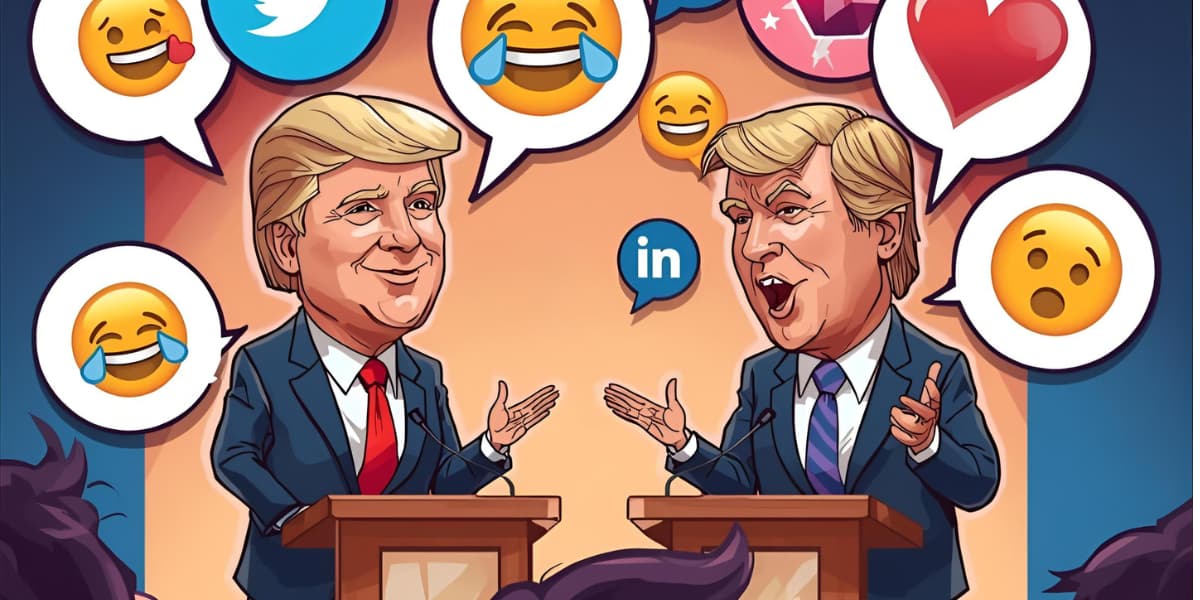Zille Ramaphosa humour: hilarious memes from South Africans
In a playful twist on South African politics, Helen Zille, Chairperson of the Democratic Alliance’s Federal Council, recently poked fun at President Cyril Ramaphosa. The humorous exchange began after Ramaphosa praised DA-run municipalities, highlighting their efficiency and governance. Zille’s witty response quickly went viral, capturing the imagination of citizens across the nation.
What Triggered the Humour
The KZN politician’s playful jab involved sharing an AI-generated image of President Ramaphosa wearing DA colors, suggesting he was “campaigning” for the opposition. The creative meme instantly caught the attention of social media users, turning a political moment into a light-hearted online sensation. The clever imagery sparked discussions on political satire in South Africa.
Zille Ramaphosa humour ِAnd Social Media Reactions
South Africans eagerly joined in the fun, posting their own memes, jokes, and witty comments online. Platforms such as Twitter, Facebook, and Instagram were flooded with humorous takes, showing how the public can transform political commentary into viral entertainment. Radio presenter Sizwe Dhlomo shared his amusement, exclaiming, “Yo, come on! Lol!” as the memes spread rapidly.
Political Commentary and Satire
The humorous incident sparked debates on political accountability and satire. Analysts noted that Zille’s playful approach not only entertained the public but also highlighted ongoing tensions between the ruling party and opposition. Memes and jokes became a way for citizens to comment on governance, politics, and public perception without formal discourse.
Zille Ramaphosa humour and Impact Across the Nation
The viral memes and humorous posts reached audiences nationwide, with many citizens participating in online threads. The KZN minibus humour phenomenon shows how social media can amplify political satire and engage younger demographics in civic discussions. For more examples of political humour going viral, see Briefly Politics.
Media Coverage
Mainstream media outlets picked up the story, reporting on the playful exchange between Zille and Ramaphosa. Articles highlighted both the clever use of AI imagery and the public’s engagement, showing how humour can influence political narratives. Coverage reinforced the idea that light-hearted content can coexist with serious political analysis.
Citizen Engagement
The Zille Ramaphosa humour trend has encouraged more citizens to engage in political discussions online. Memes and witty posts allow people to share opinions, critique policies, and express satire in a safe and creative environment. This form of engagement highlights the evolving role of social media in South African politics.
Influence on Political Discourse
Political analysts suggest that humorous interactions like Zille’s can soften tensions while still drawing attention to key issues. By blending satire with commentary, such events allow citizens to reflect critically on governance without formal debate. For related insights, check our internal article on political satire in South Africa.
Long-Term Implications
The playful exchange may set a precedent for future political interactions online. As citizens increasingly expect creativity, wit, and humour in political communication, leaders and parties might adapt their approaches and messaging strategies. The trend demonstrates that humour can be a powerful tool to engage, educate, entertain, and even influence public opinion while fostering a sense of connection between politicians and the community.
Conclusion
The Zille Ramaphosa humour episode exemplifies the power of political satire in modern South Africa. From clever AI-generated memes to viral social media engagement, citizens have turned a moment of praise into a nationwide laugh while thoughtfully reflecting on political dynamics, leadership styles, and public accountability. This incident highlights how creativity, humour, and digital platforms can shape public discourse, civic participation, and even influence political awareness among younger generations.




